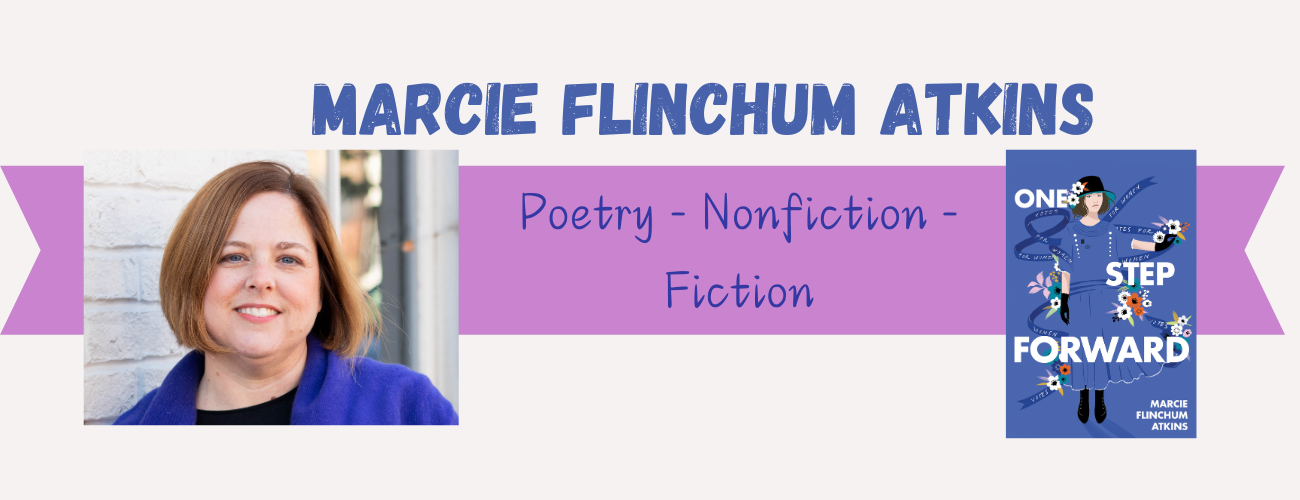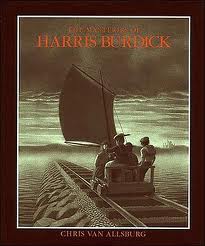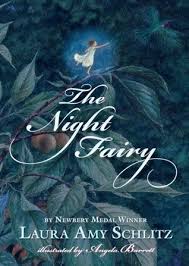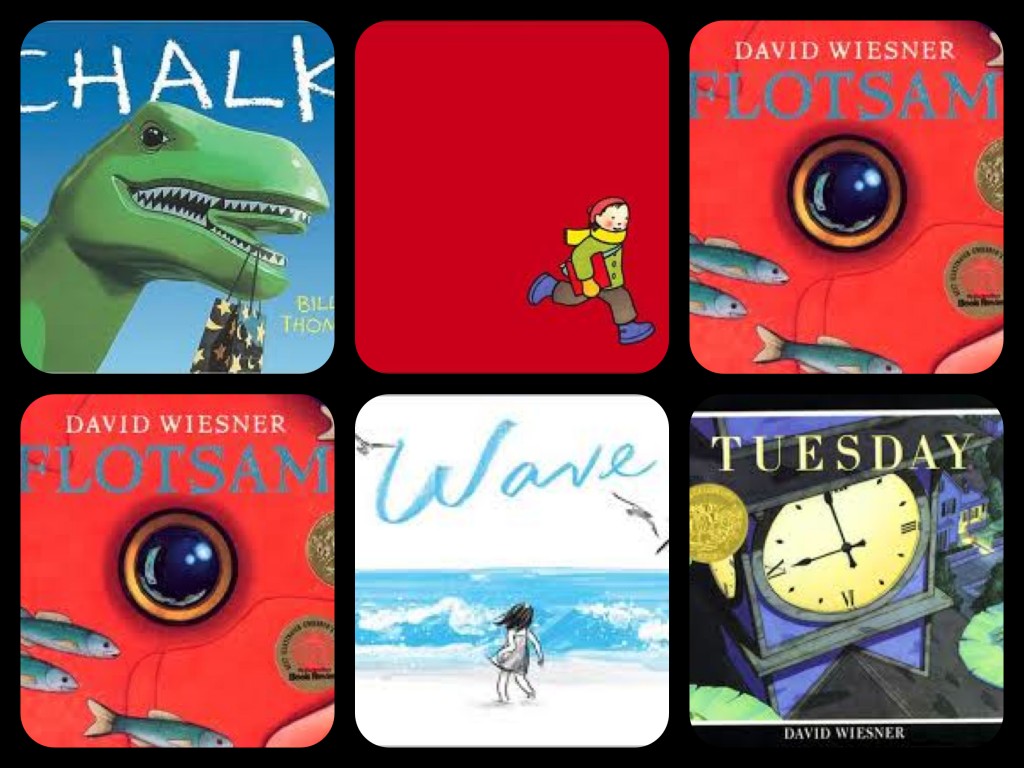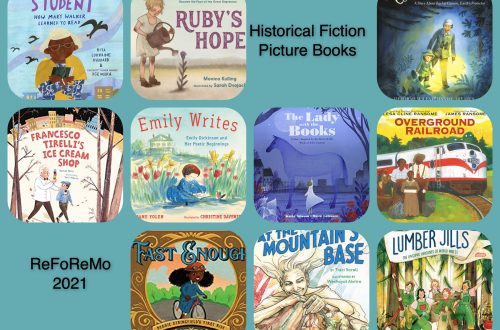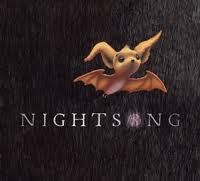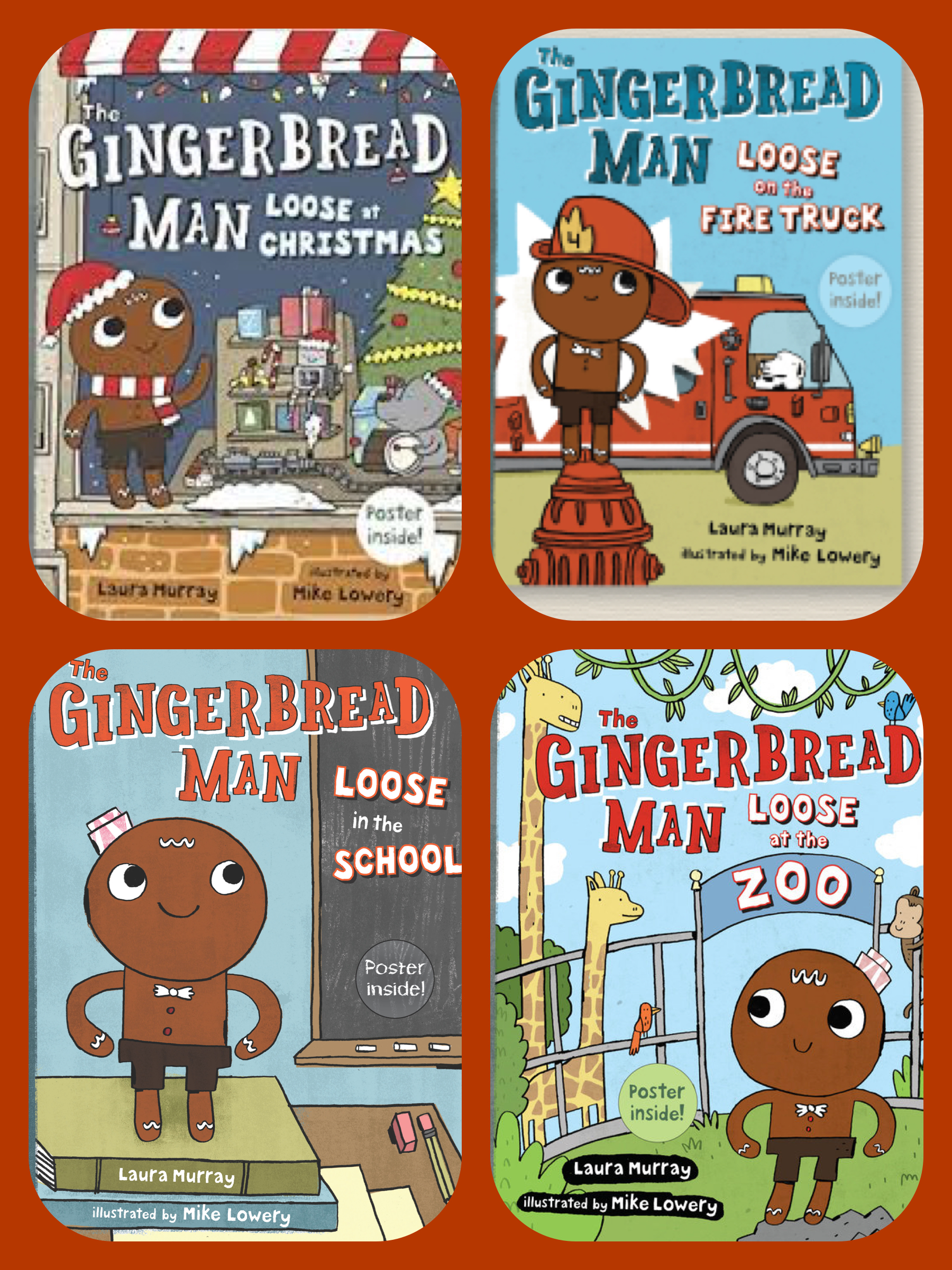Mentor Text Tip Tuesday: Pictures as Mentors
Tip:
Sometimes students need more than an author’s words to help them in their writing. Many students respond well to pictures. I know many primary teachers that start students out with drawing a picture first, then writing. This can work for older students too. Pictures can be mentors for writing.
1) Use a photo or painting as a prompt.
Students can imagine what might happen or use a picture to inspire a story. It can be a jumping off point. THE MYSTERIES OF HARRIS BURDICK by Chris Van Allsburg is a great mysterious group of drawings to use for this. I even have the portfolio edition where the drawings that make up the book are all on large pieces of papers. Students can take them to their desks for a closer look.
I also have several books of paintings by famous painters that I use. And with Google Images, your possibilities are almost endless.
2) Use a photo or painting as a tool for writing description.
Instead of a jumping off point, encourage students to write what they see in as much detail. Then you can talk about what is important to leave in, what could be left to the reader’s mind to imagine.
After students write their descriptions, have them read it out loud to writing buddies. The buddy draws what he sees in his mind as the writer is reading (without seeing the original picture). Can the listener visualize what the writer tried to convey? If not, then perhaps the writer needs to revise a little more.
You can also reverse this activity in the beginning. Read an excerpt from a book (a paragraph to no more than a page). Read it aloud, slowly, and more than once. Have students draw what they see in their mind (visualizing). Have students compare their pictures. You will be shocked at how similar they will be. They’ll be different styles, but if the writer has done their job, the students’ pictures will share many similarities. One of my favorite mentor texts for this is THE NIGHT FAIRY by Laura Amy Schlitz.
To transfer this to student writing, have students draw a picture of a something in their own story they need to describe–character, setting. Then after drawing, they can write their description. After writing, they can share it aloud with a buddy and have the buddy do the drawing of what he sees in his mind (like the activity above).
3) Use wordless picture books.
Sometimes, students struggle with the structure of a story. Using wordless or nearly wordless picture books is a great way to provide a story structure that students can put into words. I have a few dozen wordless picture books that students can choose from. Then, they write the story to go with the pictures. No one ever says, “I don’t know what to write.” In fact, these are usually some of their longest stories because they have a bit of support for detail and structure. It’s a great way to help struggling writers accomplish a piece.
Materials Needed:
* Books with paintings by famous painters
* Photographs
* Drawing paper
* THE MYSTERIES OF HARRIS BURDICK by Chris Van Allsburg
* THE NIGHT FAIRY by Laura Amy Schlitz
* Wordless Picture Books
More Mentor Texts
* Follow my mentor text Pinterest board.
